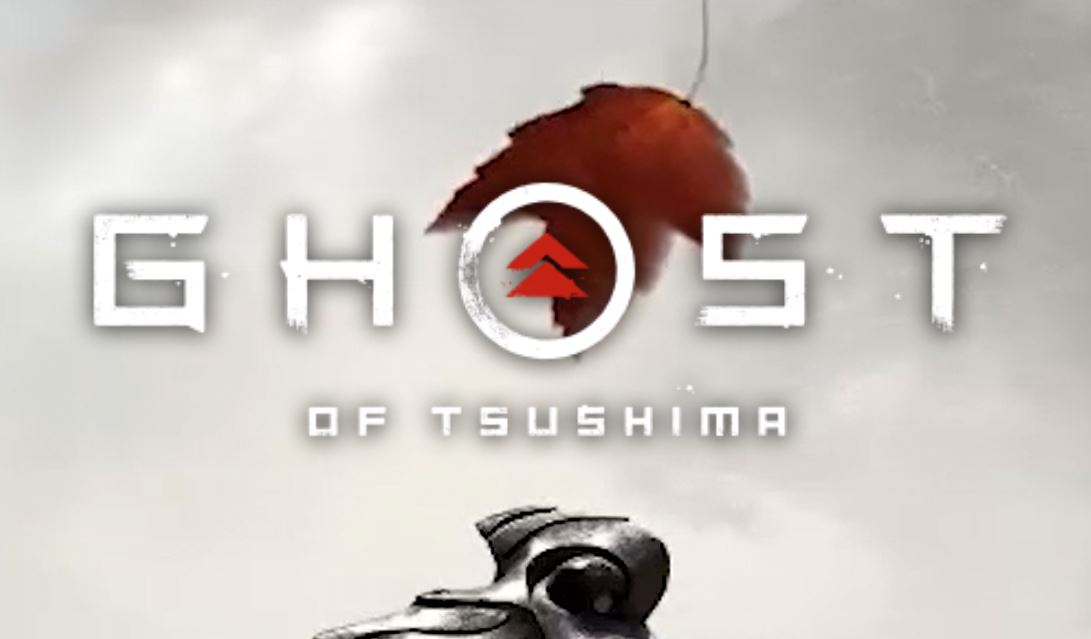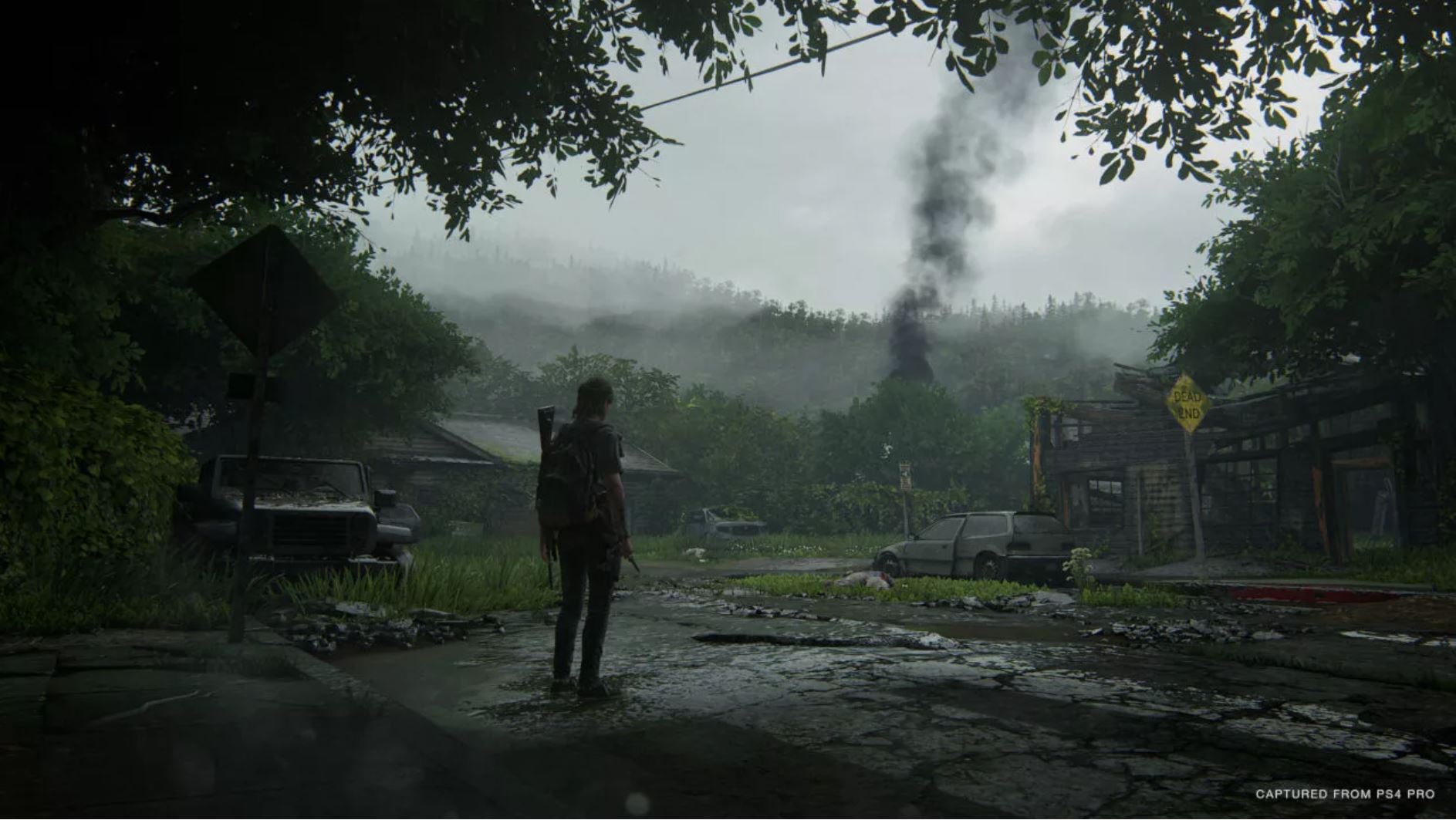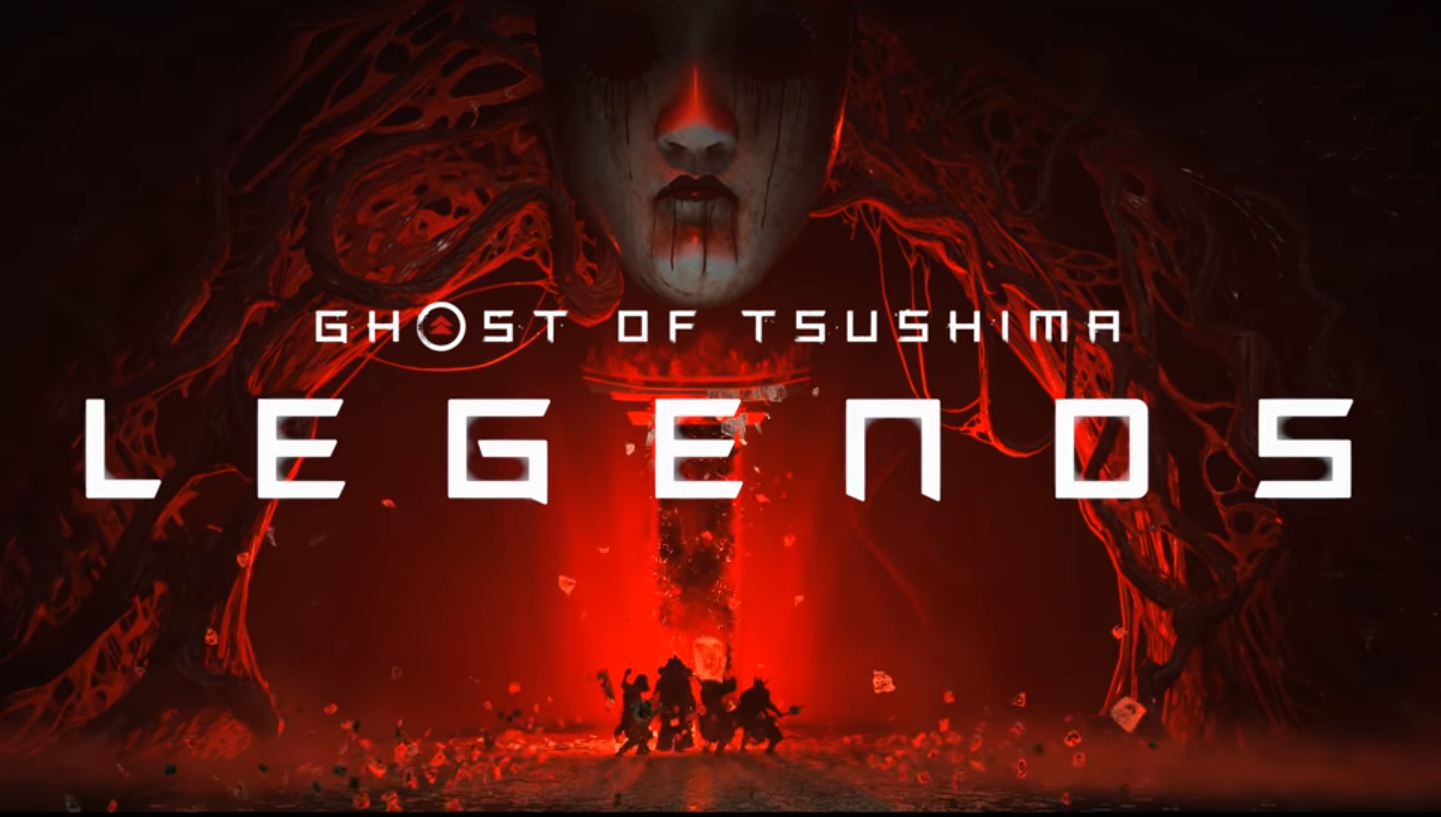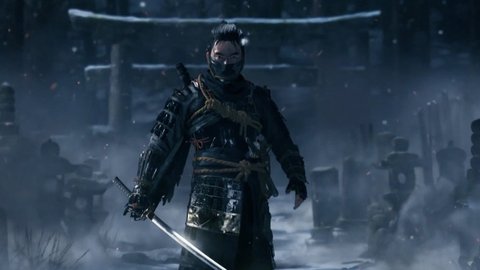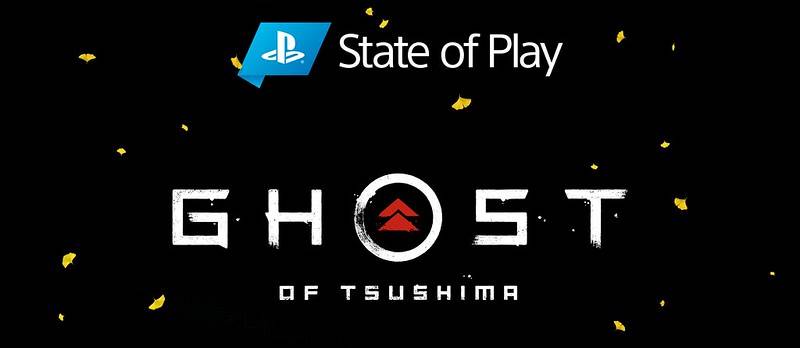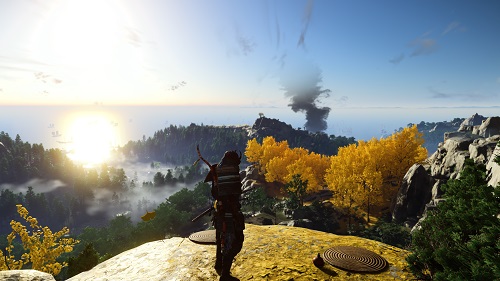
It honestly feels a little bit weird writing this review, knowing that Ghost of Tsushima is likely the last major game PlayStation will ever release for the PlayStation 4. Partnered with The Last of Us Part II last month, it completes the one-two punch that is the swansong for the console ahead of the launch of the PlayStation 5. Much like how they opened the generation with InFamous Second Son, the first AAA first party game after the launch window, Sucker Punch is ending the generation with another massive open world game. While there are some systemic similarities between both games, Ghost of Tsushima goes far beyond what Second Son achieved early in the generation, building a beautiful world filled with unique characters, but somewhat rote side activities.
Ghost of Tsushima follows Lord Jin Sakai as he seeks to expel Mongol invaders from his home of Tsushima, an island between the Korean Peninsula and mainland Japan. Jin and his fellow samurai are initially routed by the Mongol forces, and he awakens in unfamiliar surrounds. Seemingly the only samurai to survive the battle, Jin immediately begins planning how to repel the invaders and save the people of Tsushima. What follows is a journey where Jin constantly re-evaluates his morals and the samurai code of honour he was raised with, as he begins to act in a way a samurai would consider dishonourable, such as assassinating enemies and using subterfuge, which is explored in the game’s narrative.
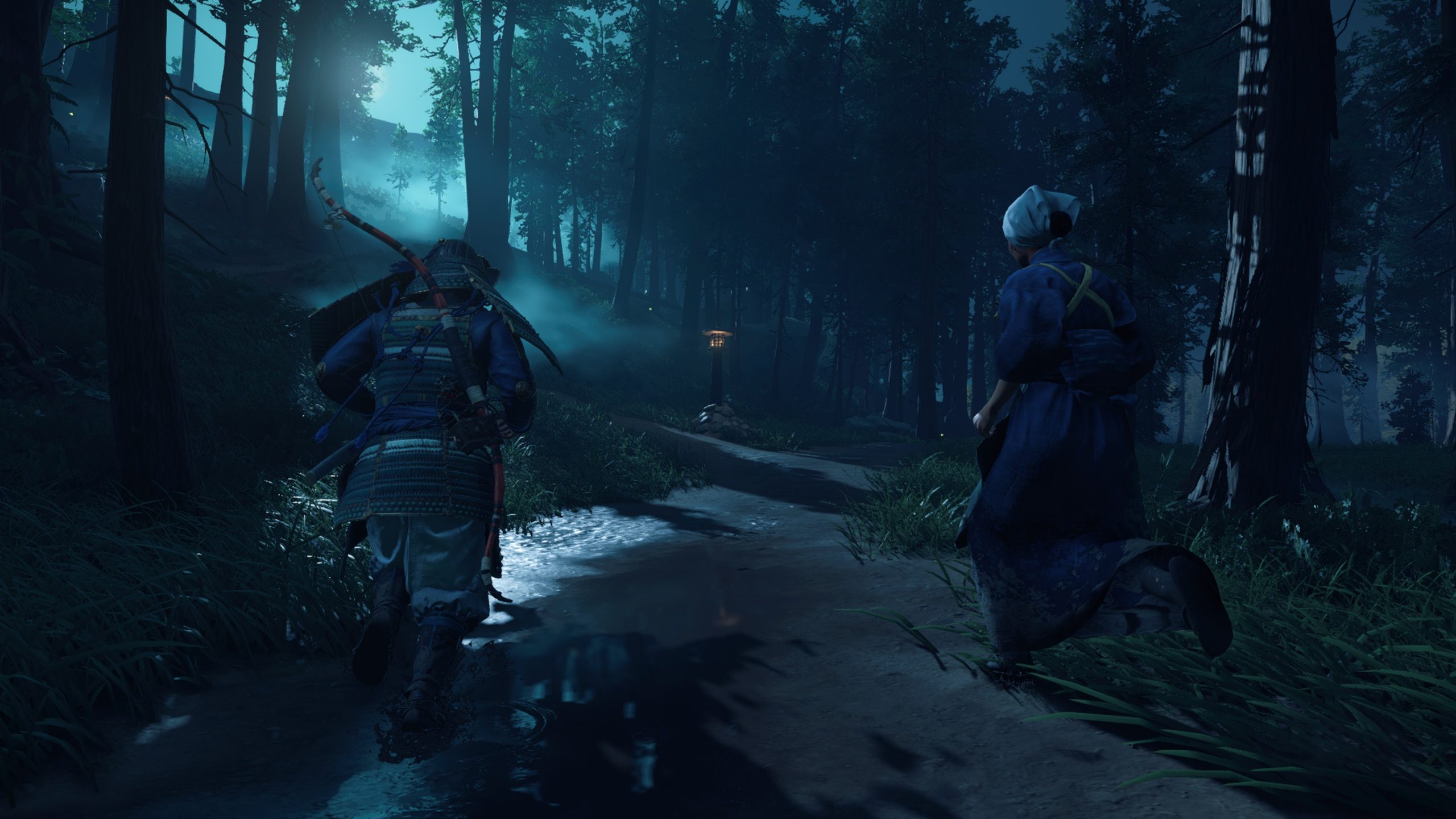
That narrative is one of the areas where Ghost of Tsushima truly excels. Early on, Jin is clearly conflicted with the actions he is forced to take, lest he be quickly killed and Tsushima left to drown in the blood of its people, but his character goes through clear and significant growth throughout the story, as he begins to understand the consequences of failure. Jin is supported by an interesting cast of characters, each of whom has their own clear character strengths and flaws. The deeper you get into the story and their quest lines, the deeper their characters get and the more you come to understand them. Many of the game’s major antagonists are multi-faceted in a satisfying way as well. You can understand so many of their motivations, and it makes them significantly stronger characters than they otherwise would have been. There are points where the story becoming legitimately touching and emotional, which is something I hadn’t expected going in.
While you’ll spend a decent bit of time in cutscenes or conversations with Jin and his fellow cast members, most of your time will likely be spent exploring Tsushima. Tsushima is nothing short of gorgeous, putting most other games to shame. It’s colourful, highly detailed, filled with plants and places to explore, and the weather effects are absolutely fantastic. Paired with the game’s amazing photo mode, there’s no shortage of opportunities to take some fantastic environmental shots of the game. What’s contained within that beautiful world, however, isn’t quite as amazing.
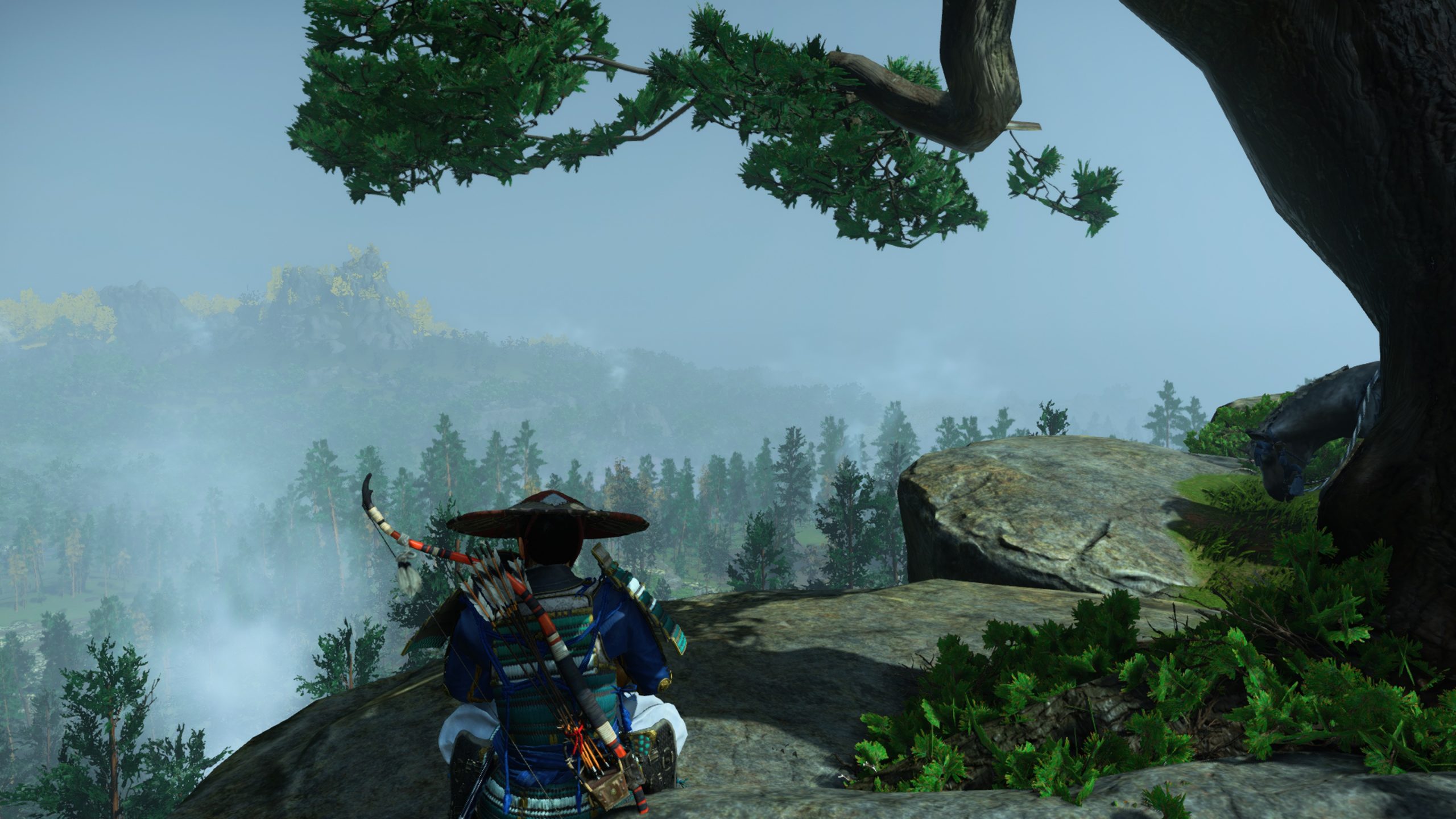
This is where Ghost of Tsushima begins to really feel like your more standard open world game and nothing quite as special as early footage made it seem like it might be. Following birds and foxes to find hidden things seemed amazing at first, but it loses its magic once you follow your twentieth fox to an Inari Shrine. Following birds is a little better, given the activities they lead you to are a bit more varied, but thirty golden birds in, they’ve truly lost that special feeling. It’s this repetition that pulls some of the magic out of Tsushima’s open world, along with relatively slow methods of traversal and controls that feel pretty bad at points. I love a good open world, but Ghost of Tsushima feels like it would have been better served by having a smaller open area filled with much more unique content.
The one activity type you’ll find in the open world that truly feel fantastic to find are the game’s Mythic Tales. Mythic Tales are unique quests based on local legends, each with a powerful unique piece of gear or ability at the end, as well as multiple set pieces and unique encounters. They have their own special themes, both in terms of story, but also in combat encounters and colours, making each and every one of them different from the others. The abilities and gear you find are also incredibly useful (and completely missable), so they’re definitely worth hitting as soon you find one.
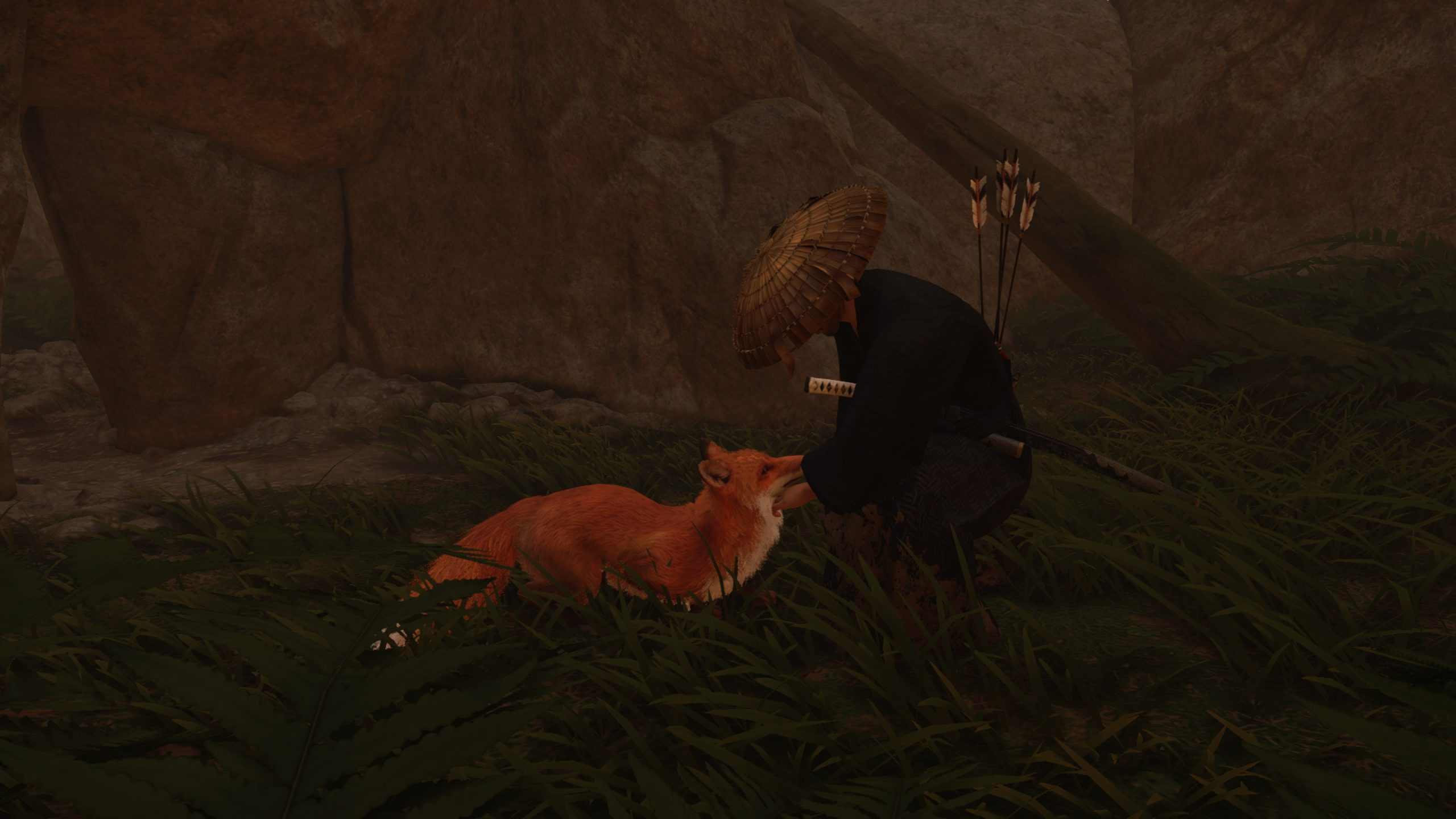
Throughout all of this, there are two threads that connect all of these different activities together: Jin himself and combat. Whether you’re platforming your way through a shrine or sneaking into a Mongol outpost, Jin’s legend grows among the people of Tsushima. By growing Jin’s legend, you’ll receive Technique Points that can be spent to improve your combat or assassination capabilities. This allows you to tailor Jin’s abilities to your preferred play style, along with adding additional complexity to the game’s combat. This is definitely needed, because Ghost of Tsushima’s early combat is extremely basic and sometimes pretty unengaging. By the end of the game however, you’ll have enough abilities and moves in combat to waltz through the Mongol hordes after carefully slaughtering most of them from the shadows beforehand.
Combat itself is a bit of a mixed bag in Ghost of Tsushima. It’s deliberate, weighty and punishing in a way that’s largely satisfying, but at times can feel a little cheap. The further you get into the game, the larger the health and stamina bars enemies have, artificially increasing their power in a way that just feels frustrating. Even with weapons nearly completely upgraded and armour specifically chosen to increase my melee damage, it still takes 5 or 6 swings sword swings to kill many enemies after their stamina is depleted, while they can often kill you in 2 or 3 swings. What is truly frustrating though, is the absolute lack of lock-on targeting and controls that sometimes have a mind of their own. With no explicit targeting available, the game relies on your pushing the left stick towards an enemy while you attack, but the game still has some small amount of auto-targeting happening under the hood. On more than one occasion, Jin would attempt to swing at any sightly off to the side and further back, instead of the one right in front on him that was about to slice his face off. More than one combat encounter ended in frustration with an enemy swatting me down after Jin twisted around to attack someone other than the person I was trying to kill.
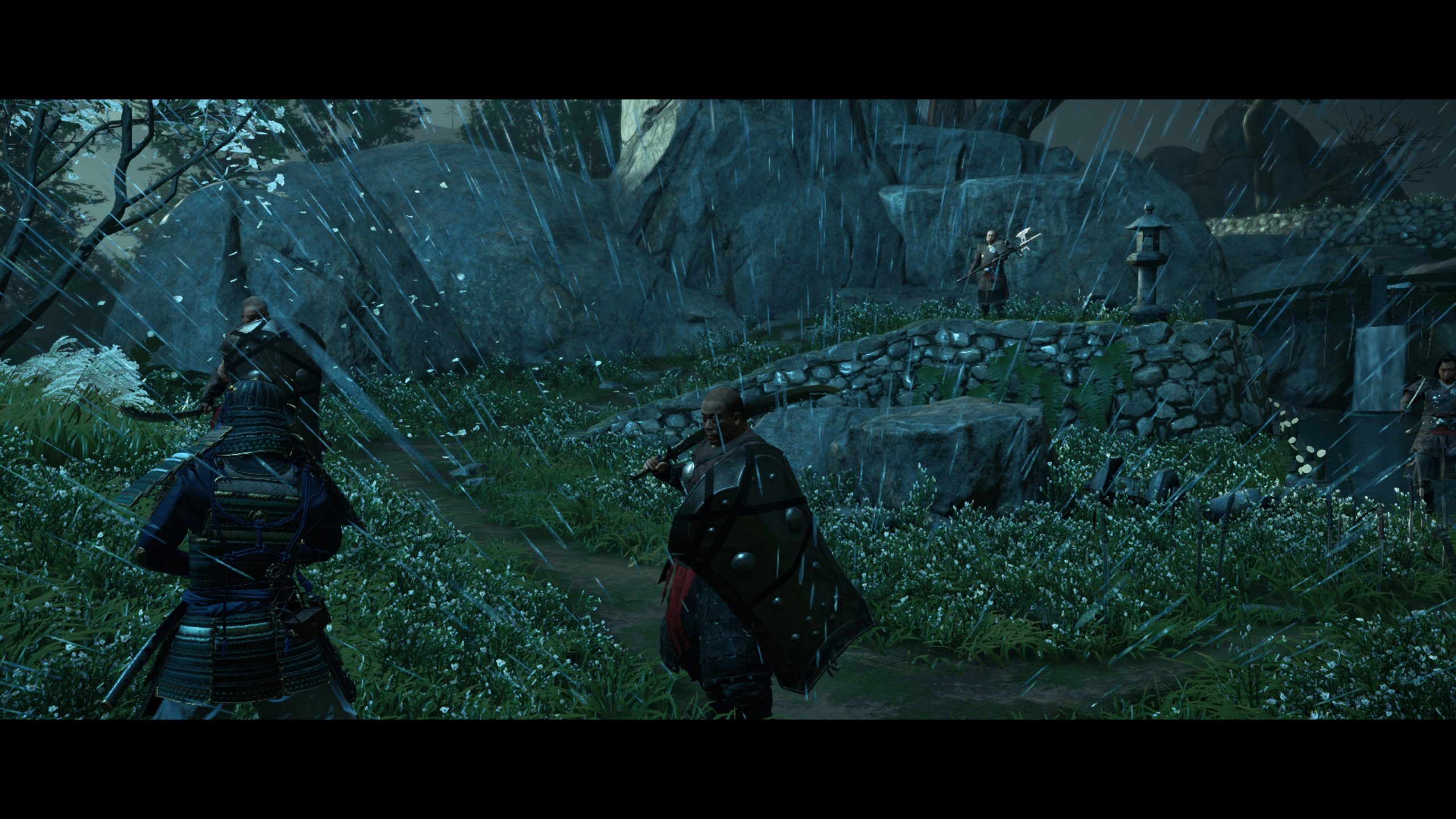
Conversely, stealth combat in the game almost feels completely overpowered at points. Similar to earlier Assassin’s Creed titles, assassinations are nearly entirely instant kill attacks (other than against some Leaders in Mongol outposts), while your arsenal also extends into realms of fancy. By the end of the game it’s entirely possible to wander into an outpost and murder everyone with impunity, be it using your tanto, black powder bombs, bow or other items, without ever being seen. A good stealth system is a fantastic thing, but here it feels more like the enemies aren’t smart enough to truly find you, and they’re often spaced far enough apart in general that you rarely need to stretch yourself too far. It feels like a little bit more balancing needed to be done here.
Speaking of more needing to be done, as I got further into Ghost of Tsushima I began to see the places where corners were seemingly cut or technological barriers began to be met. Clipping is rampant across the game, from its forests filled with bamboo that you phase through, to characters whose weapons simply merge into their clothing. The game’s explosions and fire effects also look decidedly bad, lacking the detail and impact of many other games. I also had multiple issues with ranged weapons magically appearing and disappearing as I drew them, which was always a little hilarious as a long bow magically appeared for me to draw it back. With that said, the game runs like a dream on my PlayStation 4 Pro, with none of the jet engine fan noise I’ve gotten used to and incredibly short loading times. If those cut corners are what’s needed for better load times and less noise from my console, I’ll gladly have them in every game.
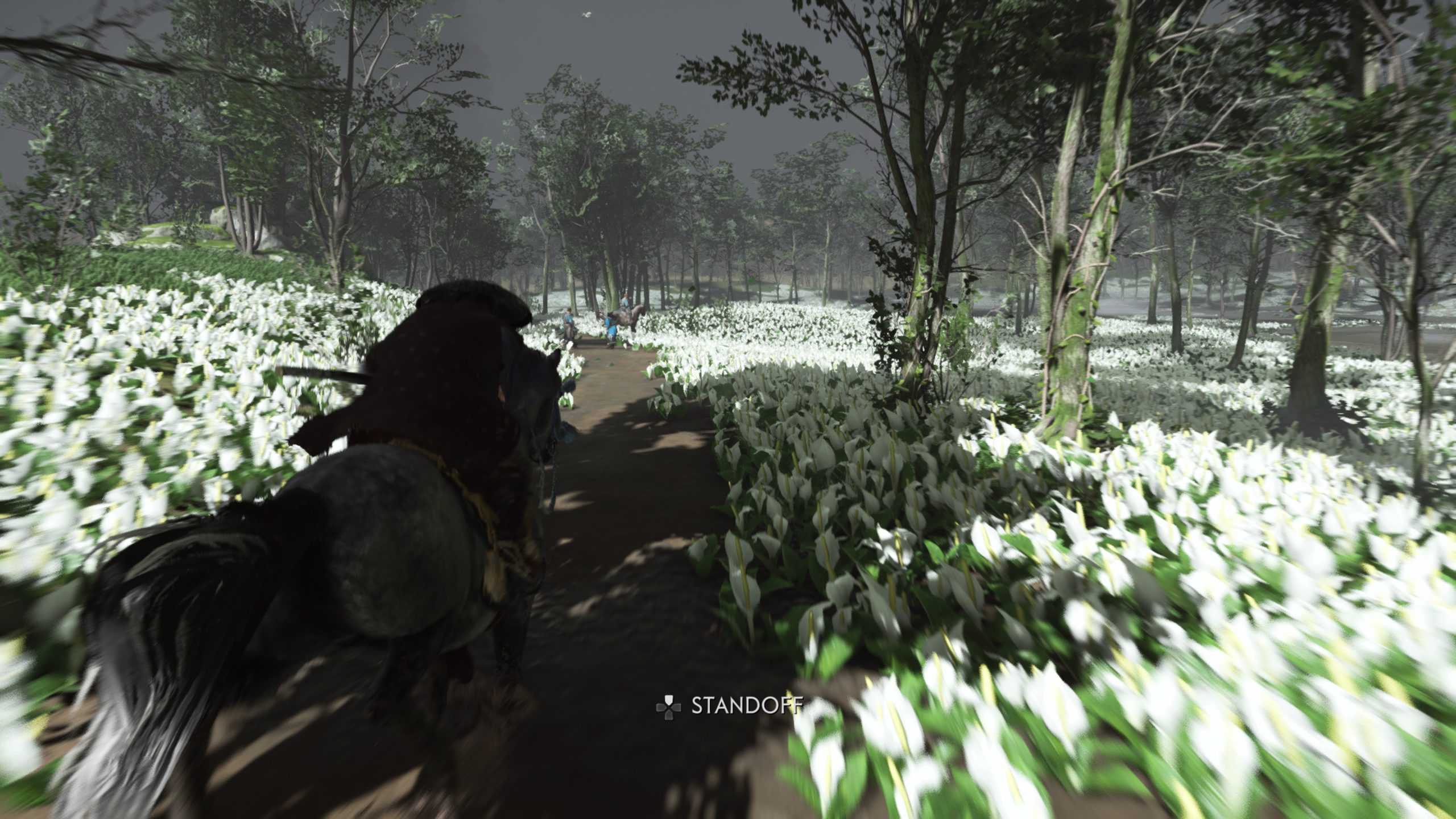
Overall, Ghost of Tsushima is a gorgeous and highly engaging narrative adventure, with some rote open world activities and small frustrations in combat. It’s a good game, but maybe not quite as unique as it was talked up to be. In the end, Ghost of Tsushima is still a game I wholly recommend and a great final chapter for PlayStation to end their support of the PlayStation 4 on.
Ghost of Tsushima was reviewed on a PlayStation 4 Pro, with a review copy provided by PlayStation. For more information on the game, check out the official website.
- Tsushima's environments are varied and gorgeous - Narrative and characters are engaging - Plenty of freedom of approach in combat - Mythic Tales are absolutely fantastic
- Open world is filled with repeated activities - Some effects and animations aren't fantastic - No lock-on targeting hurts the combat

